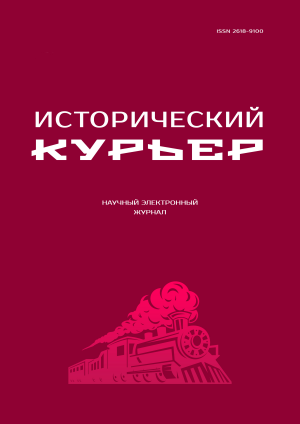The topic of this issue is devoted to a very difficult subject area in Russian historical science, related to the sphere of relationship between the institutions of power and society in the Soviet era. Despite the apparent obviousness of the role and significance of electivity as an institution that continuously ensured and confirmed the legitimation of the Soviet state and its unshakable mass support by the population of the country, difficulties, conflicts and contradictions nevertheless arose within the electoral process itself, which occasionally took crisis forms and were preventively “extinguished” actions of party and government bodies. They manifested themselves quite clearly in the first early Soviet period, until the end of the 1920s, but then the electoral space turned out to be extremely cleared under the cover of the “inviolability of the bloc of communists and non-party members,” turning into a ritual action on the part of both the election organizers and the electorate itself. This ritualism operated uninterruptedly until the elections to the Supreme Soviet of the USSR in 1989, which for the first time since the 1917 elections to the Constituent Assembly were, albeit inconsistent, but alternative and competitive in nature.



